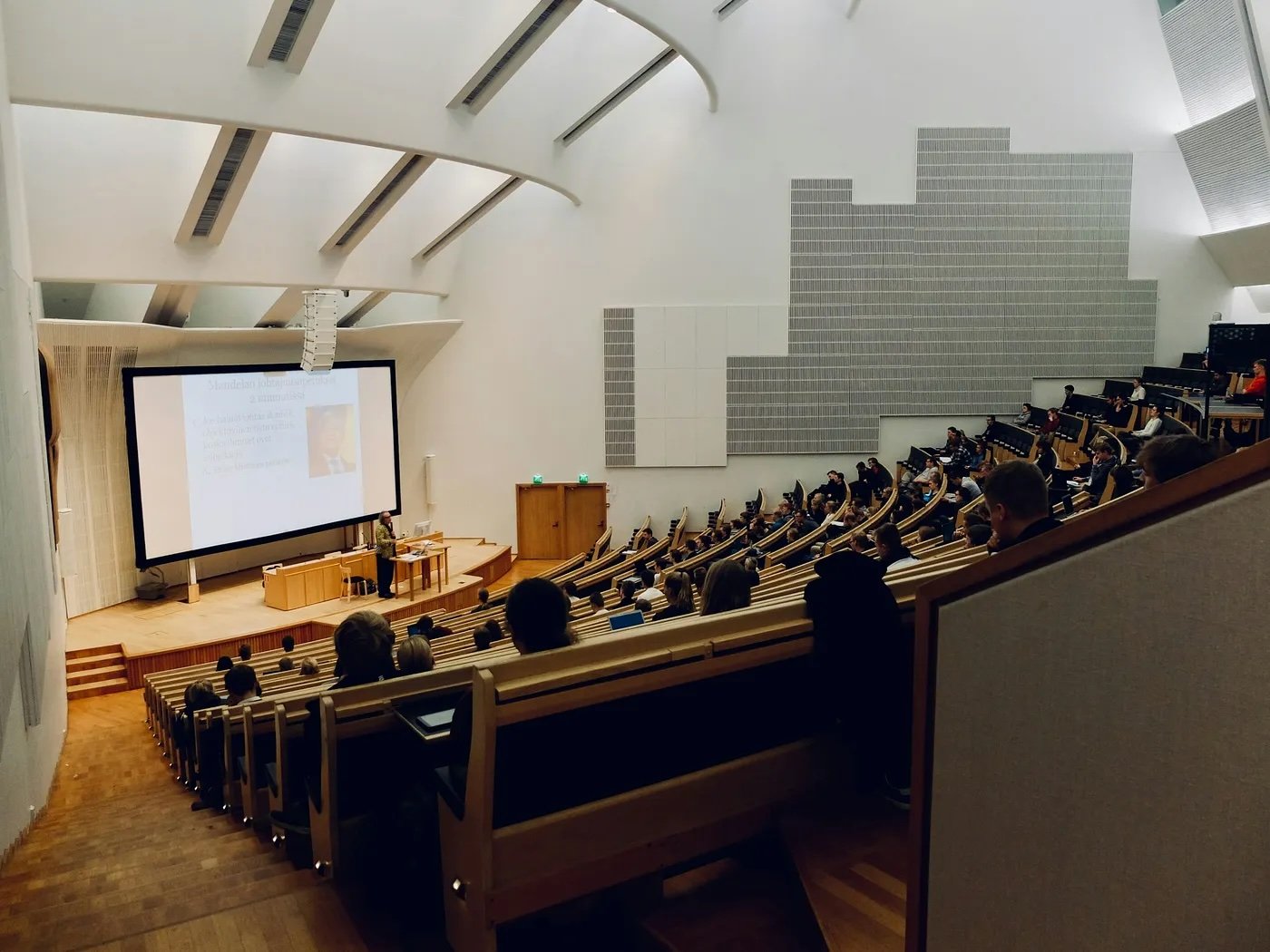Our Hot Take on the Admissions Industry.
In our line of work, we get a lot of shares, forwards, and links — shares of social media posts promising to unlock the secrets of admissions, forwarded emails from a friend who heard some advice that our client wants to gut check, links to articles that outline changes in admissions requirements, and profile features of prominent players in the industry. Recently, we’ve been getting a heavy influx of the latter.
Frequently, these profiles highlight the exorbitant cost of independent admissions consulting and the extensive handholding that high-priced advisors promise their clients, with some requisite commentary about the proportional relationship between privilege and college access. Similarly, in our hiring process, we have interviewed consultants from other practices who discuss their experiences with “white glove advising” or lament the guarantees that their firms offer. Implicitly or explicitly messaging that engaging with a specific practice will ensure admission to an Ivy+ institution ratchets up the pressure on an advisor and can compromise the efficacy of their work. Promising a specific outcome is challenging when so much lies outside a consultant’s control and, importantly, can incentivize unethical behavior. Of course, parents want to know that the return justifies the investment. But too often guarantees lead to advisors working long hours doing too much for young people who consequently lose out on the opportunity to develop strategic planning, project management, and writing skills, and, perhaps most importantly, the ability to think for themselves.
The race to the top (or bottom, depending on your perspective) is not new to this industry or to any, really. But, as admission rates decline to impossible levels at the most sought-after institutions, it becomes increasingly difficult to guarantee any specific outcome, so as a result, families are looking to partner with an advisor earlier who can help their child pursue a passion project, enter academic competitions, develop a hook, take on more course rigor, and maximize their standardized test scores, amongst other strategies. And, we are the first to acknowledge that families are responding to the admissions landscape with realism–well at least realism paired with the anxiety piqued by article after article highlighting just how difficult it is to be accepted into school X. In fact, we too are proponents of a longer runway to give young people more time to consider their choices; explore widely; try something, fail, and try again; work incrementally toward a long-term goal; and calibrate the intensity of their approach to match the competitiveness of their goal.
After all, the reality is that students do need to engage earlier, more deeply, and more intensively if they are after a prestigious school. If that is important to them and they are up for the challenge, great. But, placing at the most selective institution is not right for everyone. Indeed, there are many (many!) great schools out there. Assuming that everyone wants access to that small slice of hyper-selective schools overlooks some important nuance and contributes to a frenzy that can increase unethical behavior, put undue pressure on already-anxious young people, and cause families to overextend themselves unnecessarily.
In short, we are skeptical of a model that defines success in this narrow way. Here’s why.
For one, cost matters. With the all-in annual price tag of some private institutions hovering around $90k, many, many families are cost sensitive. And, it’s not just about public versus private; they also need to consider room and board, the price of airfare, the cost of books and supplies. Many graduating seniors must stay regional and/or in-state, choose to in order to avoid taking on student loans, or opt to conserve some of the money in their education fund for graduate school.
Program matters. If you want to study engineering, you might be better off going to a great university that has less name recognition but a strong program, robust career advising, and excellent job placement in your field. Or, design. Or, architecture. Or, performing arts. Some students, especially those who feel pretty certain about what they want to study, should be building a list that is program-driven, not name-driven. Of course, there may be selective schools on that list, but as a reflection of the quality of their program rather than of their ranking.
Region matters. If you aspire to pursue a career on Wall Street, you might want to consider schools in the tri-state area so that you can optimize internship placement. If you are an aspiring programmer, you may look for proximity to Silicon Valley. If you want to eventually build a career near your family, then this is a valid case for staying regional, and of partnering with an advisor who knows the schools in your area.
Fit matters. Students who are happy tend to perform better academically; they make lasting connections, which are good for their mental health and for their long-term career outcomes. Some students are happier at smaller, more community-oriented schools; some in a preprofessional program where they know exactly what they will study and why; some thrive when they can be at the top of their class; some prefer a public school, an urban school, a tech school, a single-sex school, and the list goes on. Academic rigor, a culture of intellectual curiosity, and the company of motivated, driven peers can be critically important for many students but are just part of the equation and are not found exclusively at the most selective schools.
The admissions consulting industry is growing. That is a reflection of the increasing competitiveness of the college landscape but also of its growing complexity. This intricacy necessitates reaching a broader swath of young people, and working with them as individuals with diverse goals, backgrounds, and interests. After all, complexity and nuance are what give the world its color.


